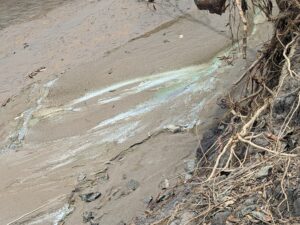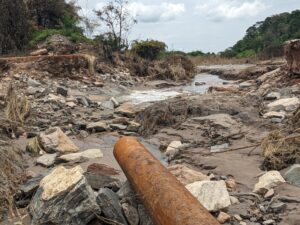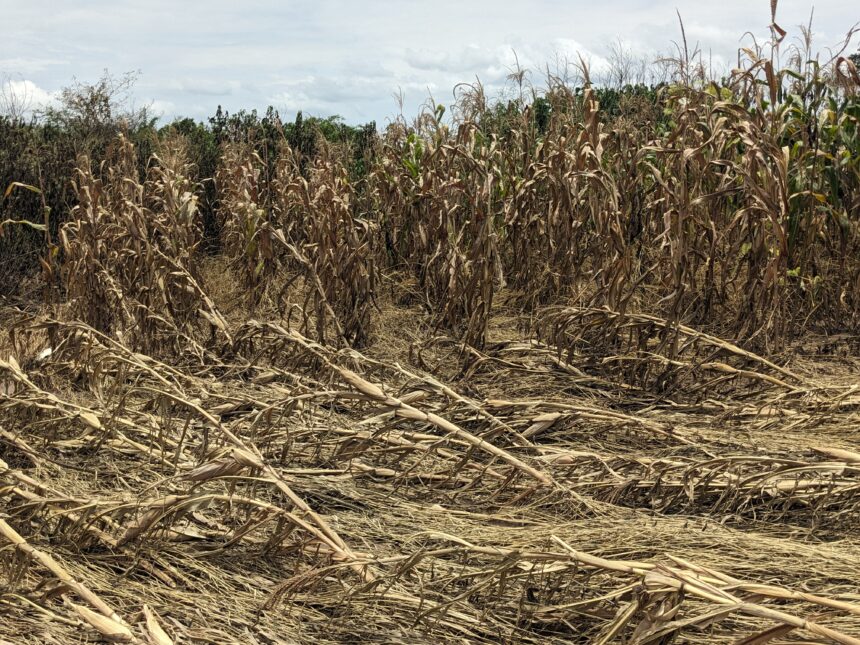The Sino Metals tailings dam spill in February has left behind a dangerous dump of toxic waste in Chambishi that threatens to escalate into another environmental and public health crisis if urgent action is not taken before the rains begin in November.
This toxic waste poses severe health risks, with residents already reporting symptoms as extreme as “vomiting blood.” The immediate priority must be the evacuation of affected populations and the deployment of proven clean up products.
According to a report released by the Embassy of Finland in June, dangerously high levels of toxic heavy metals, including mercury, uranium, and lead, have been deposited in the environment surrounding Chambishi. These toxins are far more hazardous than the acidic pH levels that have dominated recent discussions; heavy metals accumulate in soils, vegetation, and aquatic life, poisoning communities for years to come.

Already, local residents have reported severe symptoms such as “vomiting blood.” The long-term health risks are even more alarming, including developmental disorders in children, liver and kidney diseases, and multiple forms of cancer. This is not an isolated agricultural issue about compensating farmers for lost harvests; this is an immediate, systemic health emergency that demands rapid evacuation of affected people and an aggressive environmental cleanup.
There are proven technologies and products available today that can neutralise and safely remove heavy metal pollution. These solutions must be deployed without delay—especially before the onset of the rainy season, when floodwaters could disperse toxic contaminants over a much wider area. This poses an imminent risk not only to Kabwe but also to downstream communities, including Lusaka.

The catastrophic consequences of inaction are not hypothetical; they are real. In Kabwe, the legacy of lead poisoning stands as a stark warning: generations of children have suffered irreversible health effects due to prolonged exposure to toxic waste left untreated. If similar contamination is allowed to spread, we could be facing a public health disaster on a national scale, one that, like in Kabwe, could persist for decades. The time to act is now.
This incident also raises broader questions about mining practices in Zambia. Our country deserves mining investments that protect people and the environment to the same high standards enforced in other parts of the world. Going forward, every tailings facility should be built and managed using advanced safety and remediation systems as standard, ensuring that local communities are not forced to pay with their health and livelihoods.
Time is ticking. If the toxic waste remains in place when the rains come, the next disaster will not be a question of if, but when. The people of Chambishi deserve swift action, both to protect them today and to secure a safer, more responsible mining future for Zambia. Zambia has an opportunity to lead in responsible resource extraction, but only if action is taken now before time runs out.









